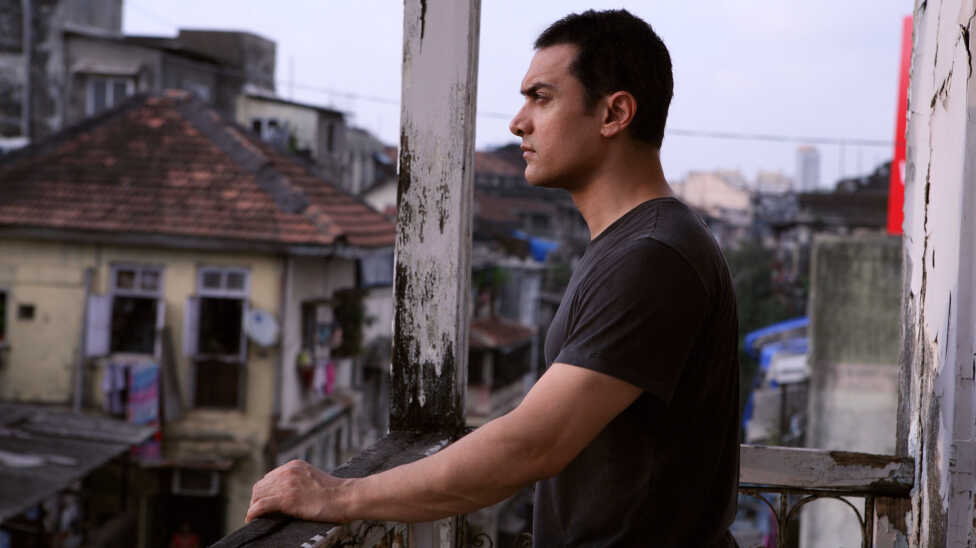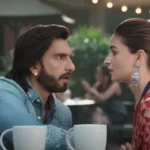Dhobi Ghat (Mumbai Diaries)- The Real Mumbai that Indian Cinema has Never Shown
The dangerous underworld, the romantic allure, and the safe haven for dreamers – Mumbai’s many faces have been a muse to Indian directors for quite some time. What fresh perspectives can another Mumbai-based movie bring to the table? Well, Dhobi Ghat is not just another movie based in Mumbai.
Kiran Rao’s directorial debut movie Dhobi Ghat presents to us the Mumbai we have never seen in films, the real Mumbai where the city’s true essence is revealed through instances of everyday life, diverse communities, and the complex interplay of dreams and realities.
It is also interesting to notice how Kiran uses “Bombay” not Mumbai to mention the city throughout the film. I guess it is because Bombay feels more personal.
Characters That Breathe Life into Dhobi Ghat
Through her four central characters (one played by her actor husband Aamir Khan), she takes us through the many nuances of the city. The film opens with a young woman excited about shifting to Mumbai and is seen videotaping her memories of the city. This woman is revealed to be Yasmin (Kriti Malhotra), a newly married bride who has tagged along with her husband to Mumbai.

Another character is Shai (Monica Dogra), an investment banker on sabbatical. She is visibly from an influential and privileged family.
Arun is a painter who is sometimes charming and sometimes confusing.
The fourth character is Munna (Prateik Babbar), a slum dweller who nurtures big dreams transcending his current societal status.
As one can assume, their lives cross each other’s paths, but gently and subtly without forcing anything.
There’s another character too, the city of Mumbai that silently spreads its canvas to write the stories of these characters. Through the constant background noise of the hustle and bustle of the city and the frames that hint at its claustrophobic nature, Mumbai remains omnipresent throughout the movie.
Exploring Mumbai Through Different Lenses- The Good, Bad and the Ugly
All these four characters are from four different class constructs and through their class lens, we see the vast, overcrowded city of Mumbai unfold, we see how the city is different for each of them, yet there is something about the city that connects them together.

Shai finds the city beautiful while Munna finds it dirty. “What photo would you shoot in this dirty place”? he asks her. Yasmin on the other hand finds the beauty in the mundane and simple things about Mumbai. Arun is shown shifting houses often, hinting at the short tenancy rule in the city.
We explore different facets of Mumbai through each of them parallelly. Shai befriends Munna, her Dhobi, ignoring all known class barriers. Why does she do this, we aren’t really made aware of it. But through him, she explores the city which lies on the other end of her class spectrum.
Also Read: Unconventional Indian Romantic Films That Will Melt Your Heart
Regardless of their closeness, their relationship is not a fairytale. Though Shai treats him as her equal, the inevitable class difference does show up. There is a lot of maturity in the way Kiran handles their relationship and through subtle and relevant instances, she makes sure to keep it rooted in reality.
Through Munna and Shai, we see the two extremes of the city, where one can casually watch the urban dichotomy from a distance and where one has to live through it without any complaints.
More than Shai and Munna’s relationship, what struck a chord with me was Yasmin and Arun’s underlying subplot. Arun has shifted to a new place which was apparently where Yasmin used to live. He finds a few tapes she shot while she was new to Mumbai and Arun gets lost in those videos. For someone whom he has only known through these videotapes, Arun forms an unnatural bond with Yasmin.
Yasmin’s videotapes are full of the doe-eyed fascination for a city that we have all experienced at some point. We see the overcrowded suburban trains, the beach, the street food everything until things take a sad turn, where Yasmin’s excitement for the city is lost.
Does Aamir’s stardom impact Dhobi Ghat, an independent art movie?
Of the four main characters in the film, Arun is the one with the weakest (yet delicately nuanced) storyline. You might find it ironic, given that the character is played by one of the biggest stars in the industry.

In the book F-Rated by Nandita Dutta, Kiran Rao even speaks about this. She had apprehensions about casting her famous actor-husband in Dhobi Ghat. She was worried his stardom would hog the spotlight from the other cast of Dhobi Ghat who have the stronger crux in the entire film.
She recollects how Aamir’s involvement had its advantages but also had its downside. ‘We had to keep saying that this is not a film about Aamir Khan. He is just one of the characters.
However, it was Aamir who was eager to be a part of Dhobi Ghat, her deeply personal homage to Mumbai, and insisted Kiran to audition him for the role.
As a viewer, does the supreme stardom of Aamir Khan take over the narrative? Absolutely not. With his subtle and balanced performance, Aamir blends equally with all the other characters and his superstar aura dissipates into the film’s organic storytelling.
The true reflection of Mumbai city through Dhobi Ghat
‘Nothing stays for long in this city’, Yasmin says in one of her videos and I couldn’t agree more. The characters find their redemption and the city moves on, just like always.
The Hollywood Reporter described Dhobi Ghat as ‘easily one of the most dynamic cinematic portraits of the decaying, vibrant, impossible city’ and I couldn’t agree more.

I can’t stop talking about films, so I blog!
I started The FourthWall, my film blog, to share my thoughts on films and shows with fellow movie buffs, and over the years it has become my happy place. Come join in for some interesting conversations on cinema… and sometimes books and fashion!








